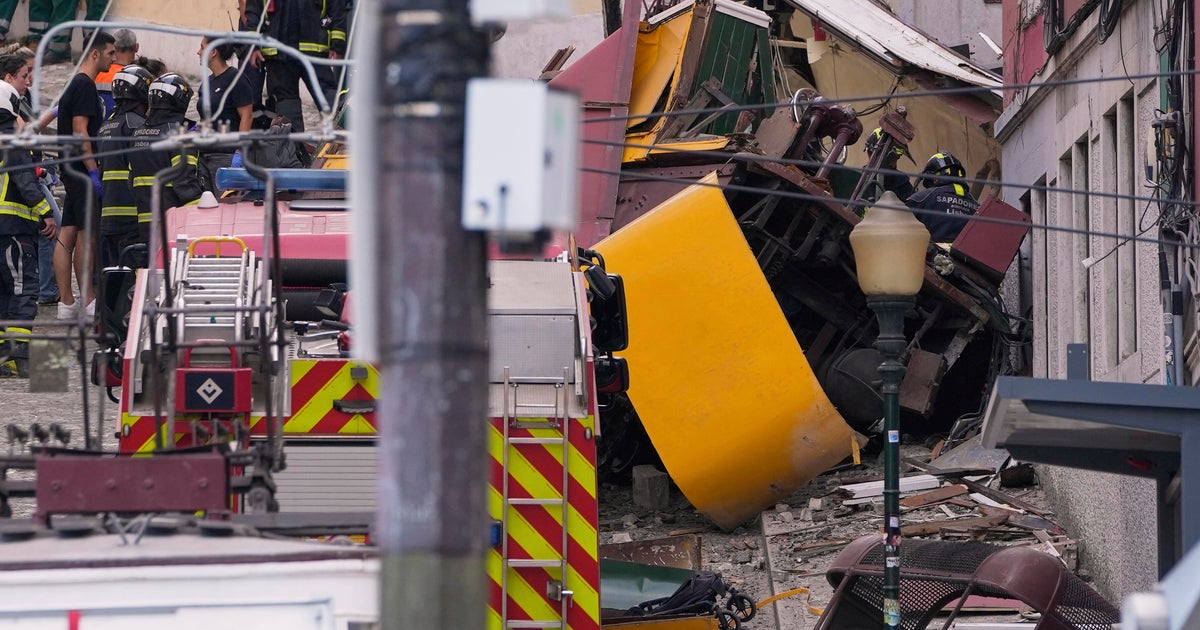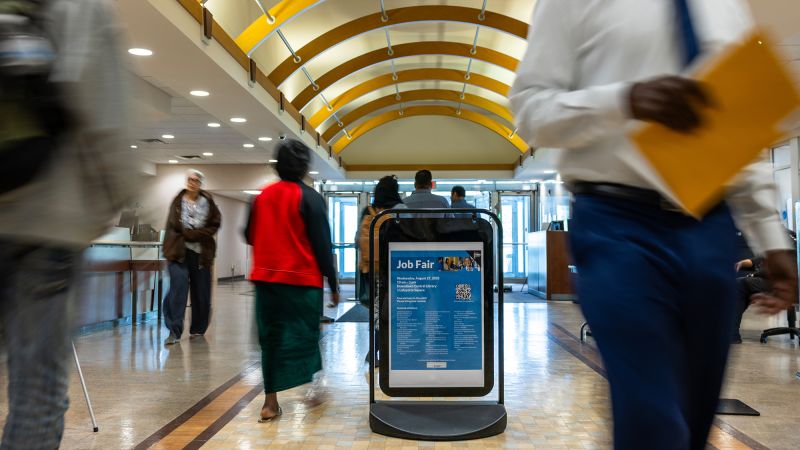Revolutionizing Transportation: Trump Administration Launches Electric Air Taxi Program

Introduction
In a move to revolutionize transportation, the Trump administration has launched a trial program to fast-track electric air taxis. The Federal Aviation Administration (FAA) is seeking proposals for projects that will include piloted and unmanned operations. The focus of the program is on electric vertical takeoff and landing (eVTOL) aircraft, also known as electric air taxis.
Key Details
The trial program is a part of the FAA's initiative to integrate new technologies into the national airspace system. The goal is to reduce congestion and emissions, while also enhancing safety and efficiency. The proposals are open to both traditional aviation companies and innovative startups, with a particular emphasis on eVTOL. The program will also prioritize projects that have a clear path to certification and are capable of operating in both urban and rural environments.
Impact
If successful, this program could pave the way for a future where air taxis are a common mode of transportation. With the rise of urbanization and increasing traffic congestion, eVTOLs could provide a viable solution to these issues. Additionally, the use of electric-powered aircraft could significantly reduce carbon emissions and promote a more sustainable form of travel. As the program progresses, it will be interesting to see the impact it will have on the aviation industry and the overall transportation landscape.
About the Organizations Mentioned
Federal Aviation Administration
The **Federal Aviation Administration (FAA)** is a U.S. government agency responsible for ensuring the safety, efficiency, and regulation of civil aviation and commercial space transportation within the United States and its surrounding international waters. Established originally as the Federal Aviation Agency in 1958, it became part of the Department of Transportation in 1967, adopting its current name[1][3]. The FAA’s core functions include regulating and overseeing air traffic control, pilot and technician certification, airport safety standards, and aircraft manufacturing and maintenance regulations. The agency manages air traffic for over 50,000 daily commercial and general aviation flights, ensuring safe and efficient navigation through the National Airspace System (NAS)[2][4]. It also develops and operates air traffic control and navigation systems used by both civil and military aircraft, showcasing its broad operational scope[1][3]. The FAA operates through five main lines of business: - Air Traffic Organization (ATO), managing air navigation services and control facilities such as towers and radar centers - Aviation Safety (AVS), responsible for certification of personnel and aircraft - Airports (ARP), overseeing national airport system planning and grants - Office of Commercial Space Transportation (AST), regulating commercial space launches and reentries - Security and Hazardous Materials Safety (ASH), focusing on risk reduction and infrastructure protection[4]. In addition to regulation, the FAA invests heavily in research and development, advancing aviation technology and safety systems, including aeromedical research and environmental programs addressing noise and pollution from aircraft[2][3]. Its mission emphasizes providing the safest, most efficient aerospace system globally, with a vision of integrating new technologies and users into aviation safely and innovatively[6]. Notable achievements include establishing stringent safety standards that have made U.S. airspace one of the safest worldwide and pioneering regulation of commercial space transportation, an emerging sector. The FAA’s commitment to innovation and safety continues to shape the future of aviation and aerospace, making it a central figure in both business and technolog





